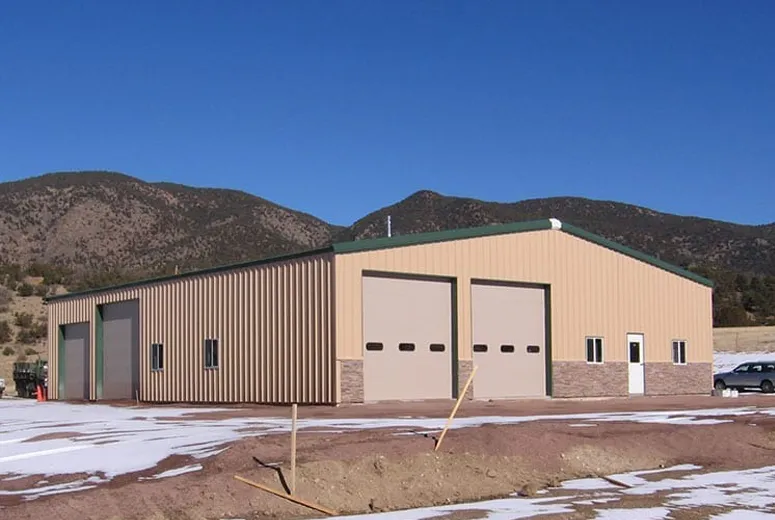(1) When using the drilling rig to drill, the driver should be placed in the drilling position, so that the front end is against the rock, and the distribution should be careful to let the drilling rig move forward, so that the drill bit touches the rock; When opening the hole, first quietly let the drilling rig drive, when the drill rod is in place in the rock, it is allocated to the full open position.
(1) When using the drilling rig to drill, the driver should be placed in the drilling position, so that the front end is against the rock, and the distribution should be careful to let the drilling rig move forward, so that the drill bit touches the rock; When opening the hole, first quietly let the drilling rig drive, when the drill rod is in place in the rock, it is allocated to the full open position.
